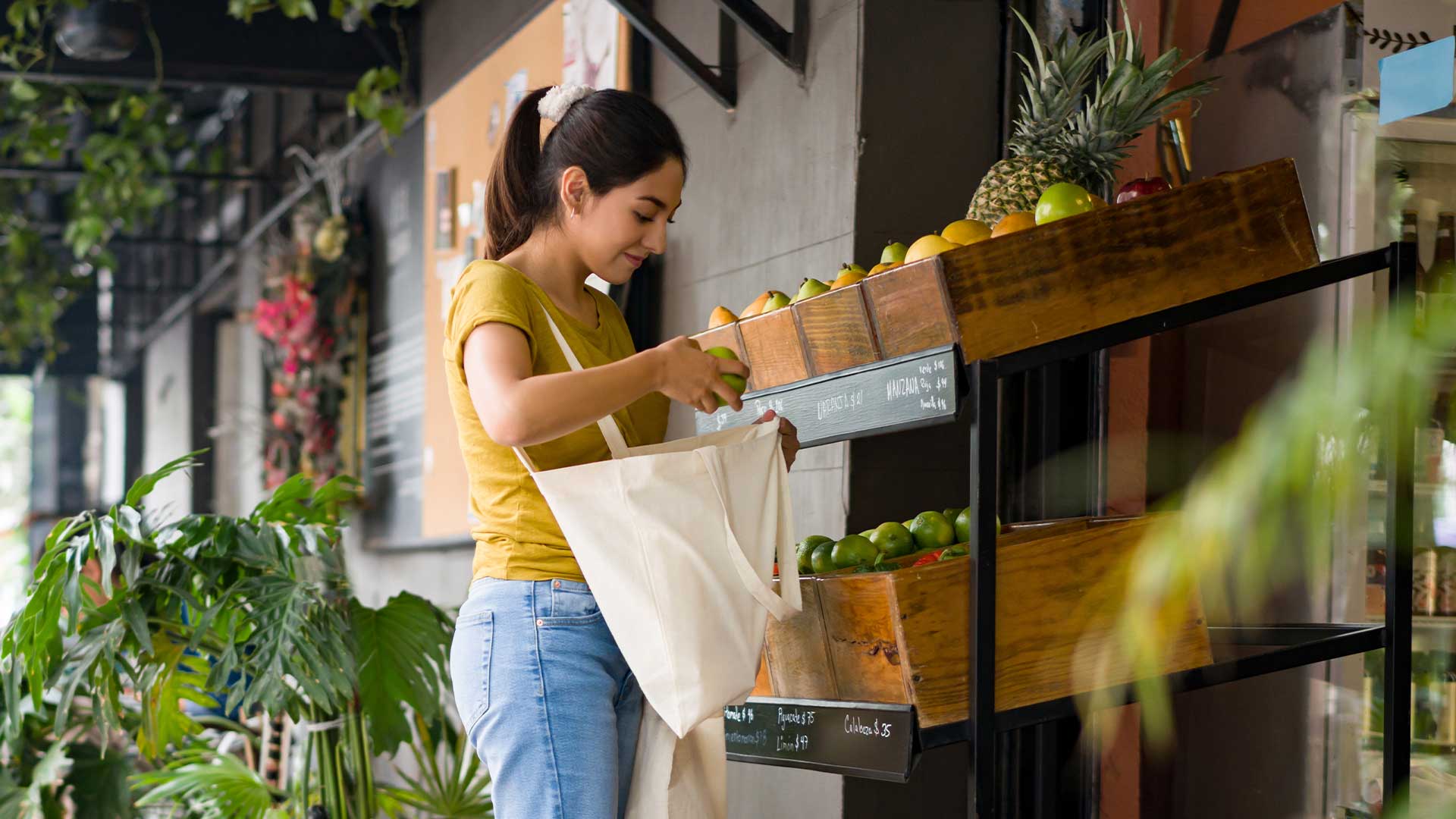Crisis Menu: Economic Shocks Are Rewriting the Way We Eat

Throughout history, every crisis has shaped what ends up on the plate. A recent review by Corvinus researchers shows that financial crises, global pandemics, geopolitical tensions and price shocks don’t just strain household budgets. They also leave a mark on diets and can reshape what and how people eat.
The study, published in the November issue of Trends in Food Science & Technology, is based on a systematic analysis of 112 international papers. According to the findings of Zalán Márk Maró, Tamás Mizik and Jeremiás Máté Balogh, responses to shocks vary, but certain patterns keep coming back: panic buying, a shift to cheaper substitutes, and a growing preference for local sources and online purchasing.
How we eat during crises: from panic to saving
Disease-related shocks trigger immediate emotional reactions such as stockpiling. The COVID-19 pandemic clearly showed how this plays out. The early months were marked by panic buying and hoarding, but later consumers turned to online shopping and became more deliberate in how they bought and used food.
Financial crises, including periods of high inflation, tend to produce slower but more persistent changes. People switch to cheaper brands, care less about quality, make dietary compromises and adopt longer-term strategies to cut costs.
Geopolitical conflicts – such as the war between Russia and Ukraine – cause prices to rise quickly and disrupt supply chains. When imported goods disappear from the shelves, consumers often fall back on domestic alternatives, even if they find them less appealing. Over time, the inflation that follows weakens purchasing power, pushing households towards the frugal patterns typical of financial crises.
The most vulnerable shoulder the greatest burden
The impact of shocks is uneven. Low-income households and people in developing countries face the harshest consequences. Many are forced to skip meals or give up nutrient-rich foods such as meat and fresh vegetables. Over time, this raises the risk of malnutrition and related health problems.
Differences between urban and rural areas also widen. In big cities, shortages and high prices cause problems, while rural residents may benefit from direct access to some foods. Still, their lower incomes and the difficulty of getting produce to market often offset this advantage.
According to the Corvinus researchers, future economic and social disruptions are unavoidable, whether they come from new pandemics, climate-related disasters or geopolitical tensions. The question is not whether these shocks will occur, but how we respond. The study stresses that well-designed, flexible and fair food policies determine whether a shock leads to a long-term decline in diet quality, or whether it encourages more sustainable habits.
“Targeted support – such as food aid, cash transfers or free school meals – can help protect vulnerable groups in the short term. In the long run, investments in domestic agriculture, support for local producers and diversifying supply chains are more effective, as these steps improve the resilience of the food system,” says Zalán Márk Maró, lead author of the study and researcher in agricultural economics at Corvinus.
A chance to change
Communication also plays an important role. Panic buying in several countries during the pandemic showed that well-timed information and clear guidance from authorities can encourage more rational behaviour.
The study not only highlights the challenges but also the opportunities embedded in crises. The shift seen during COVID-19 – rising interest in local products and sustainable food systems – could reshape consumer behaviour permanently. If governments and communities nurture the initiatives that emerged during the crisis, such as local food networks or community gardens, shocks can become catalysts for positive change.